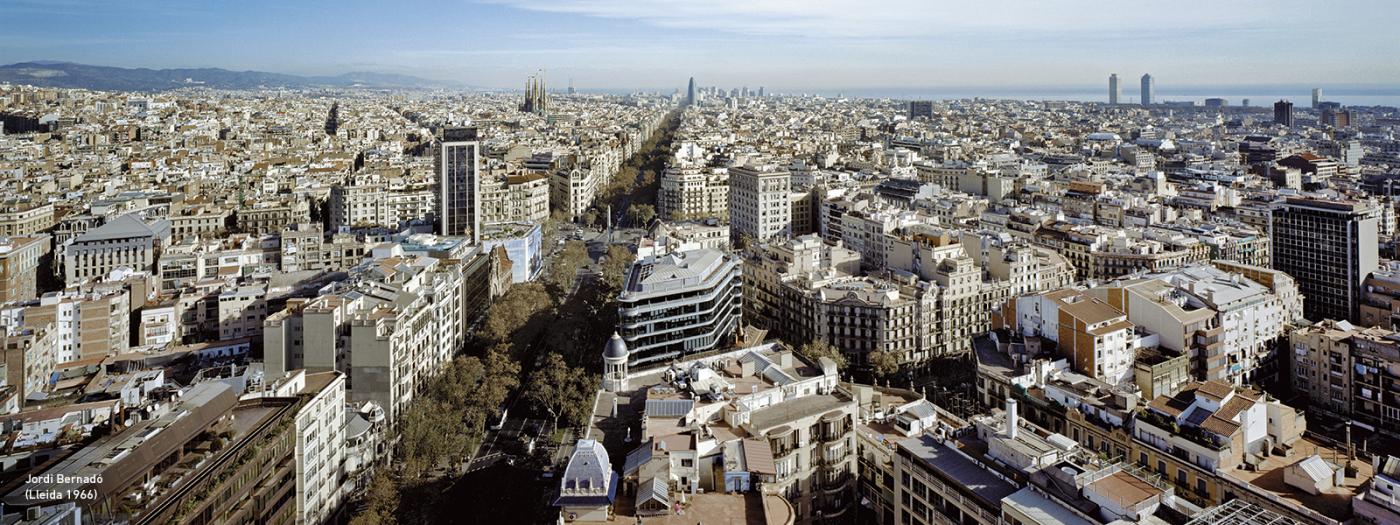Hold a Bachelor in Architecture or in Building Engineering.
01_To study and conceptualize an architectural precedent
02_To describe organizational characteristics of an architectural project into a computational instruction
03_To explore variations of an architectural project and denaturalize historical architectural materials
04_To develop a rigorously intuitive sensitivity out of a methodical approach to artificial intelligence
05_To synthetize an architectural proposal as an autonomous entity and rationalize its relevance
In its AI version, the architectural procedure will produce a myriad (a mosaic) of candid and elemental projects out of a historical architectural material that will be progressively mixed with others. In this mix, divergent directions will be recognized. They will be distilled and sharpened. They will be singularized, integrated, synthesized. And finally their concept will be nurtured until it becomes a new being in the world that, standing on its feet and dancing over the quicksand of extreme availability, will expand the spectrum of architecture culture as a mode of redefining itself.
The work will be developed in teams of two students. Classes will consist of presentations and critiques. The course is organized in five stages:
01 investigation and construction of an archive of images
02 description of the material and formulation of hypothesis
03 development of blends and selection of architectural ideas
04 successive specification and writing of prompts
05 calibration and final presentation
Each stage will be one-week long, starting with a general introduction to the aims of the course and ending with a review of the documents developed. Ciro Najle and Andrew Pringle Sattui will be present Mondays, Wednesdays, and Thursday, and Neslihan Gulhan will be present on-site every day.
The studio is planned as a research tank. The objective of the research is to recognize and unfold the organizational potentials of blending architectural images of historical architectural materials, understood as open-ended organizations that latently contain potentials to launch further stages of differentiation and synthesis, thus criticizing and surpassing the very notion of an architectural precedent. The medium of the process of differentiation is constituted by an image of a precedent, recognizing its organizational deviances, and transfiguring its architectonic values, thus activating entirely new organizations. The pedagogy, based upon the learning of the characteristics of an architectural organization through the analysis of images, works against superficial approximations to form to launch an open yet rigorous notion of the disciplinary.
Students are requested to submit all the material on the e-study. Students will achieve these basis:
Investigation and construction of an archive of images. Description of the material and formulation of hypothesis. Development of blends and selection of architectural ideas. Successive specification and writing of prompts. Calibration and final presentation
System MIAD for grading exercises:
0 - 4.9 Fail (submit supplementary work)
5.0 - 6.9 Pass
7.0 - 8.9 Good
9.0 - 10 Excellent/Distinction.
On this basis, students will be evaluated on several aspects such as:
Attendance - 10 % / Assignments - 50 % / Final presentation - 40 %
Byung-Chul Han, Hyperculture (2022).
An archive of links to websites, publications, essays and images will be provided in a separate excel sheet. This archive will be supplemented by the students investigations.
